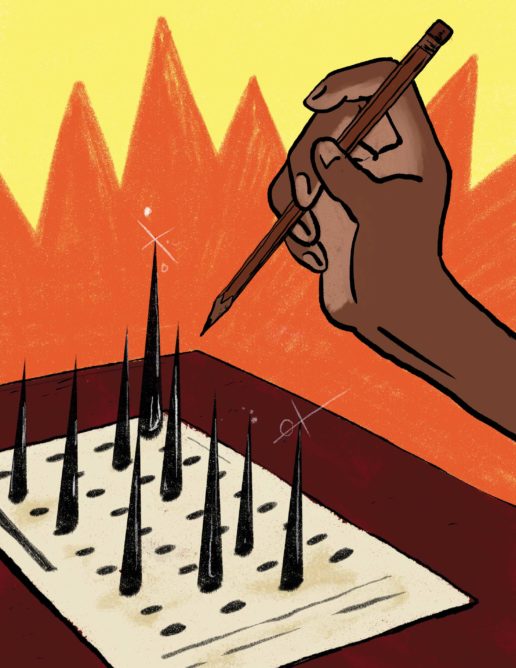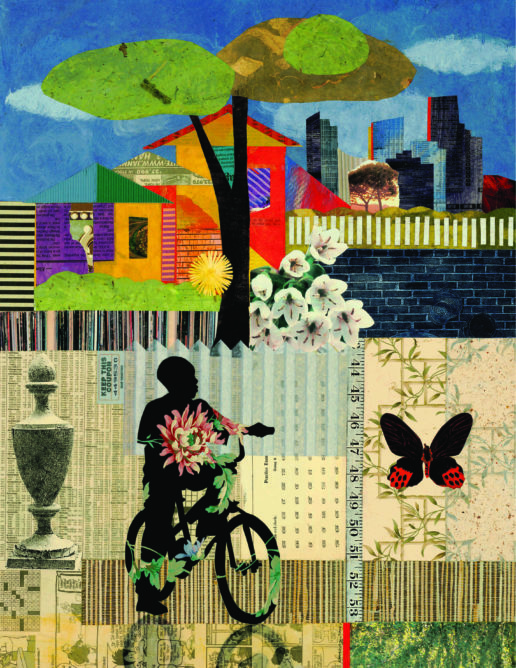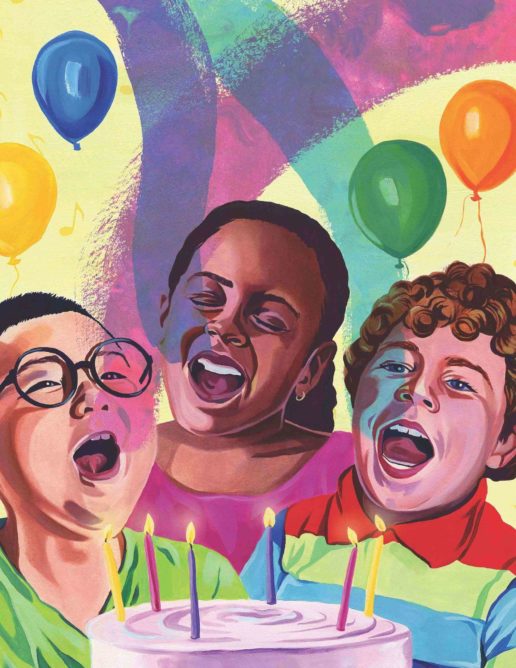Taking Multicultural, Anti-Racist Education Seriously
One of the most-read articles Rethinking Schools has published, Miner’s 1991 interview of Enid Lee resounds today.

One of the most-read articles Rethinking Schools has published, Miner’s 1991 interview of Enid Lee resounds today.

At first it seemed that ethnic studies advocates had won a major victory in California, but then a backlash targeted Arab American studies.

A high school teacher helps her students explore how DNA testing is used to free innocent people from prison and how science can support justice.

This content is restricted to subscribers

This content is restricted to subscribers

Budget cuts threaten one of the nation’s best multicultural institutions.

While high-profile tests like the SAT are problematic, Karp argues that we need to end the routine standardized tests that plague students and teachers.

So often, the climate crisis is presented in frightening, threatening terms: rising seas, superstorms, raging wildfires, unlivable temperatures, species extinction, disappearing glaciers, dying coral, climate refugees. These are real. But the paradox is that this dystopian possibility is forcing us to imagine an entirely different kind of society. Schools have a central role to play in devising new alternatives and equipping young people to bring those alternatives to life. This is the work we’ve been assigned.

High-stakes tests have not only failed to achieve racial equality in schooling, they’ve also made it worse for students of color.

After teachers label her son’s behavior as problematic and try to have him evaluated by a psychologist, a Black parent uncovers why schools fail Black boys and begins organizing her community to challenge practices detrimental to them.

Students’ names are the first thing teachers know about the young people who enter our classrooms; they can signal country of origin, gender, language. Students’ names provide the first moment when a teacher can demonstrate their warmth and humanity, their commitment to seeing and welcoming students’ languages and cultures into the classroom.

A kindergarten teacher looks at birthday celebrations in her classroom and whether all of her students’ home languages and rituals are being uplifted.

Check out these valuable resources, reviewed by Rethinking Schools editors and Teaching for Change colleagues.

A language arts teacher describes a school board debate in which she merely showed up, instead of showing up and fighting for communities of color.

“Part of the work of teaching students to read is teaching them to question not only the written word, but also the author,” Christensen writes in her article about teaching students how to confront writers whose stories erase the full truth and misrepresent people and places.

A teacher creates a welcome poems lesson to celebrate the diversity of students — and with students.

The director of a world language teacher preparation program argues for an end to the edTPA because it bars native Spanish speakers from public school classrooms.

The latest installment of our Earth, Justice, and Our Classrooms column looks to a piece of very good news that national media missed following the 2018 midterm elections. By a margin of almost two-to-one, tens of thousands of Portland, Oregon, voters approved an imaginative clean energy initiative that offers a model for the rest of the country — at the ballot box, but also in our classrooms.

A teacher of color writes about obstacles he faced during his first year in the classroom and the support he received — and did not receive — from other teachers and administrators.

A physics teacher uses student research and other exercises to urge his high school class to wrestle with race, privilege, and representation.
A first-year teacher struggles with what it means to be a social justice educator.
A special education teacher uses poetry to help her middle school students write their own narratives and celebrate themselves.

The increasing violence against Muslims, Sikhs, South Asians, and others targeted as Muslim, suggests we, as Americans, are becoming less tolerant and need educational interventions that move beyond post-9/11 teaching strategies that emphasize our peacefulness or oversimplify our histories, beliefs, and rituals in ways that often lead to further stereotyping.

An elementary teacher tells how she works to include her Muslim students in the life of her classroom. “We can use or create curriculum and projects that allow students to learn about and incorporate their culture and religious practices if they want to. We can be deliberate in including, making space for, and recognizing our students in all aspects of their identities. Making schools inclusive doesn’t have to be a guessing game.”

It has always been an educator’s responsibility to act in solidarity with vulnerable students. But with President Donald Trump’s September declaration that he will end DACA, we are called on to be more audacious, more resolute, and more imaginative in our solidarity with the 800,000 undocumented young people who now face a frightening uncertainty about their future in the United States.